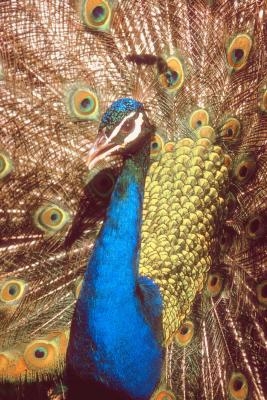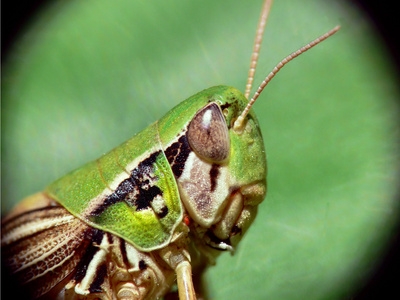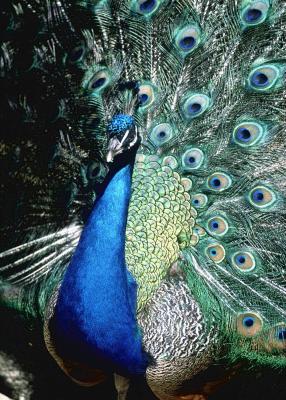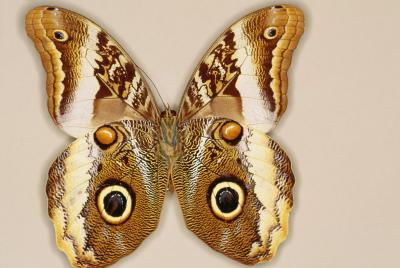
How to Build a Butterfly Enclosure. Keeping a butterfly in captivity doesn't require an elaborate enclosure. You can build a simple cage with materials such as netting, mesh or a cardboard box. Acquiring butterflies to keep in the enclosure can also be simple. Purchasing cocoons or pupae and allowing them to hatch inside the cage is usually easier than trying to catch wild adult butterflies.
Build an enclosure out of netting and cardboard circles. Fold the netting into thirds, creating a rectangle. Cut the string or a cord so you have one long and one short piece. Tie off the bottom of the netting, using the short piece. Put one of the 14-inch cardboard circles in the netting near the tied-off end. Create the enclosure's floor by placing the circle horizontally, with the tied-off end near the circle's center. Tie off the top part of the netting with the long piece of string, leaving enough length on the ends so you can use it to hang the enclosure from the ceiling. Create a ceiling by placing the other cardboard circle in the netting near the top, parallel to the floor. Use a small amount of hot glue on the circle's edges to keep it in place. Use the overlapping parts of the netting as a way to move things into and out of the enclosure.
Build an enclosure out of a cardboard box and mesh screen, if you'd prefer a butterfly cage that can sit on a shelf or be moved easily. Tape shut the flaps on the top and bottom of the box, and then decide which side will be the front of the enclosure. Cut out a square area, leaving a 1-inch border around the hole so you can attach the screen. Also cut a small door in one of the sides. Make sure the door is large enough to get your hand through, and cut only three sides, keeping one side of the door attached to use as a hinge. Tape the screen to the outside of the enclosure, along the 1-inch border you cut earlier.
Place a stick or branch in the enclosure. In the wild, butterfly pupae will spin their cocoons to hang down from the branches of trees and plants, so you should provide them with something to simulate this in the cage. They will also need a place to perch when they hatch, as well as after they begin flying around. Prop up or attach the stick so it's at a diagonal across the enclosure.
 Problems With Male Peacocks Being Housed Together
Problems With Male Peacocks Being Housed Toget
Problems With Male Peacocks Being Housed Together
Problems With Male Peacocks Being Housed Toget
 Can Grasshoppers Survive Indoors?
Can Grasshoppers Survive Indoors?
Can
Can Grasshoppers Survive Indoors?
Can Grasshoppers Survive Indoors?
Can
 How to Build Peacock Enclosures
How to Build Peacock Enclosures
How to
How to Build Peacock Enclosures
How to Build Peacock Enclosures
How to
 Bobcat Safety Tips
Bobcat Safety Tips
Bobcat Safety Tips.
Bobcat Safety Tips
Bobcat Safety Tips
Bobcat Safety Tips.
 How to Identify a Large Moth
How to Identify a Large Moth
How to Id
How to Identify a Large Moth
How to Identify a Large Moth
How to Id
Copyright © 2005-2016 Pet Information All Rights Reserved
Contact us: www162date@outlook.com